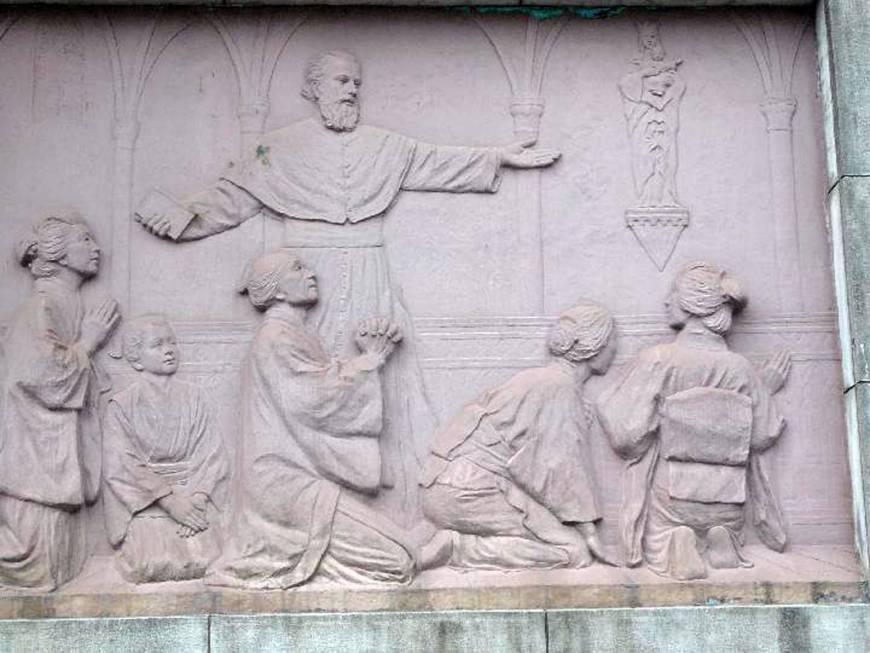This site only supports IE 8 and up, so browse at your own risk. Or update. Internet Explorer IE8 or higher is recommended. If you are using an earlier browser, please review to the latest version.
It’s cloudy
MANAMA-on Saturday, a decision was made to include 12 sites in southwestern Japan that are linked to the history of the country’s persecuted Christians on the world heritage list.
These sites include The Ura Cathedral in Nagasaki, the oldest surviving Church in the country that is already recognized as a national treasure; the remains of Hara castle, the site of the Shimabara-Amakusa uprising that led to the establishment of a national policy of seclusion; and the beginning of a unique system of hidden Christians to convey their faith and beliefs
The sites were among 28 world heritage candidates considered by the UN world heritage Committee in the four days to Monday in Bahrain.
As a result of the Committee’s decision, the total number of World heritage sites in Japan is 22-18 cultural and four natural sites.
Other places include the village of Sakitsu in Amakusa, Kumamoto Prefecture, where Christians practiced their faith in secret despite persecution for much of the Edo period (1603-1868) under the Tokugawa Shogunate.
Those who continued to practice Christianity despite persecution “nurtured distinctive cultural traditions,” according to the Japanese government.
The newly added sites “bear unique testimony to the cultural tradition spawned by hidden Christians in the Nagasaki region who secretly transmitted their faith during the prohibition period from the 17th to the 19th century,” the Committee’s website said.
The Committee is composed of 21 States selected from countries that have signed the Convention for the protection of the world’s cultural and natural environment. Heritage.In in 2015, the Japanese government initially recommended 14 candidates for UNESCO. However, it later withdrew the recommendation and reintroduced it last year under the guidance of the International Council on monuments and sites, which recommended that Japan focus on a period of prohibition and persecution.
At a Museum on Ikitsuki island in Nagasaki Prefecture, about 100 people, including local officials, gathered to celebrate the Committee’s decision by launching firecrackers and scattering confetti.
Some participants chanted distinctive prayers handed down from their ancestors.
“I’m proud that my hometown is now recognized around the world,” says Satomi Ogino, a 31 – year-old housewife who briefly returned from Yokosuka, Kanagawa Prefecture. “I would like to pass on the heritage value to my 1-year-old son someday.”
In Amakusa, about 450 people also gathered at the cultural site to watch the announcement.
“They throw the spotlight on predecessors who have kept their faith. I was able to witness a great day, ” says Emiko Yoshimura, a 67-year-old congregation leader at Sakitsu Church, a symbol of compound objects.
Nagasaki Governor Hodo Nakamura said in a prepared statement that he hoped the appointment would instill a sense of pride in residents as well as boost the local economy.
“We would like to give pride to residents and excitement to visitors through this heritage by participating in the preservation of the sites and revitalizing the region.”
Three other sites in India, Iran and South Korea were also added to the world heritage list Saturday.
Japan times LTD. All rights reserved.

Be the first to comment on "The world heritage list includes Japanese sites associated with the persecution of Christians,"